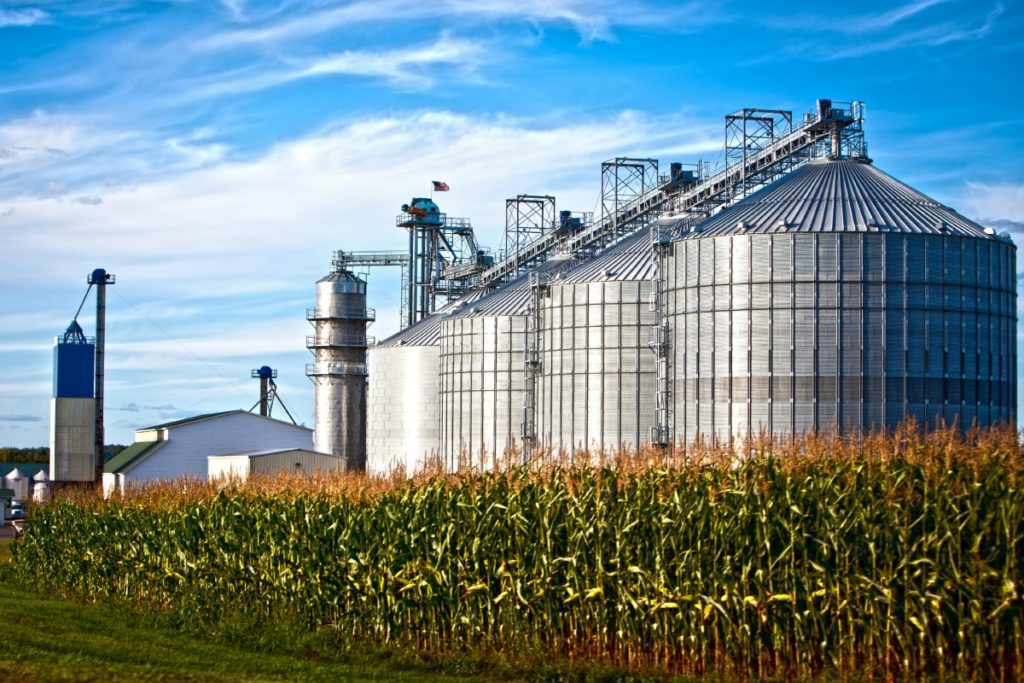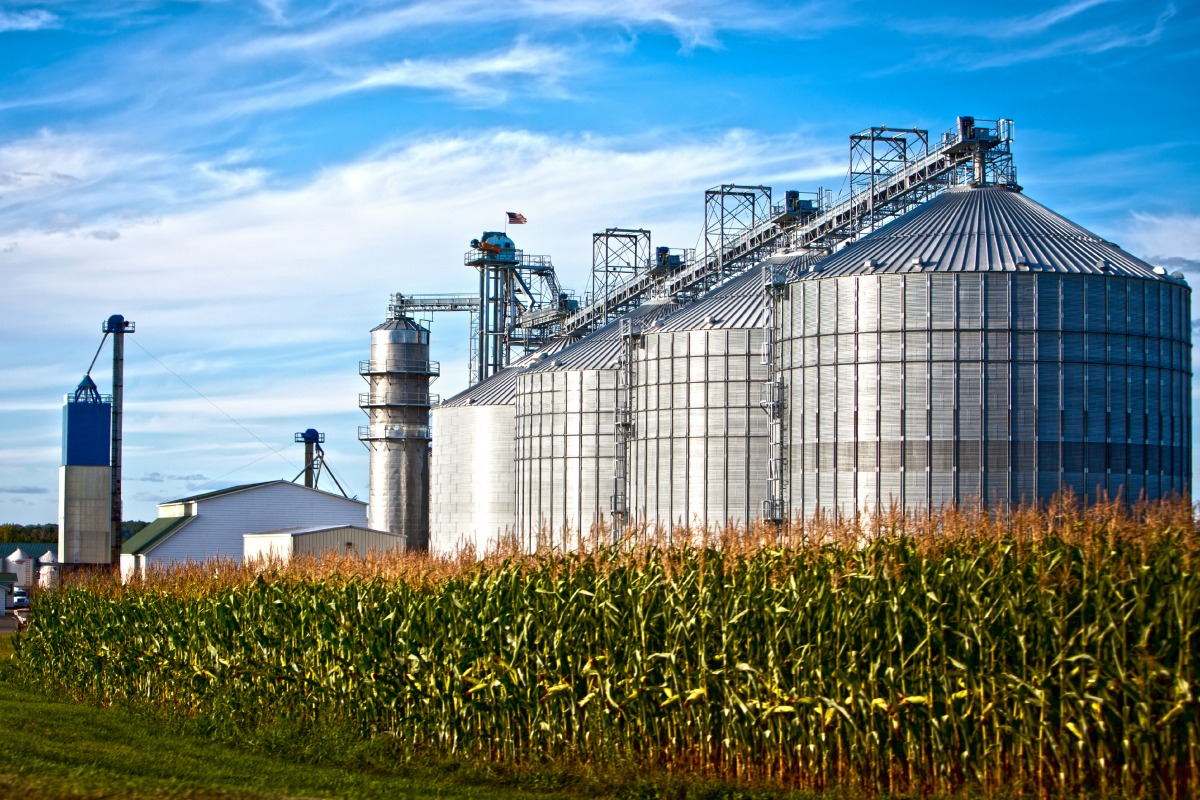The pros and cons of using biofuels
Do you ever wonder where your electricity comes from? Or what allows your car to drive? Biofuels play a role in these everyday activities. But what are biofuels and how are they used? Do they have significant pros and cons?
Biofuels are fuels meant for transportation. They are derived from renewable organic materials that come from plants and animals, known as biomass materials (1, 2). The two most common types of biofuels are ethanol and biodiesel (5). Ethanol is a much cleaner way to create energy than gasoline and diesel, which are used to power engines and are made from crude oil (unrefined petroleum) (5). Ethanol is an alcohol fuel that is made up of the same alcohol found in beer. It is made from the sugars in the grains of many vegetables and plants, such as corn, sorghum, barley, sugar cane, sugar beets, potato skins, rice, yard clippings, tree bark, and switchgrass (2). In the United States, most of the ethanol produced comes from corn (2). Biofuels can be used instead of fossil fuels to produce energy for electricity, transportation, and industrial uses (4).

Ethanol is a great way to reduce pollution in the environment. Pure ethanol is nontoxic and biodegradable unlike gasoline (3). If ethanol spills, it can break down into harmless substances (3). Overall, ethanol is a better alternative to fossil fuels, which pollute the earth at a great cost. Biodiesel is another type of biofuel, which is made by combining alcohol with grease or oil (3). It can be a great additive to reduce car vehicle emissions because it is non-toxic, and therefore, a more renewable source of energy for diesel engines and vehicles (5).
In order to make biomass a liquid, high temperature deconstruction is required, a process by which extreme heat breaks down solid into liquid or gas (6). There are three ways of performing high temperature deconstruction: pyrolysis, gasification, and hydrothermal liquefaction (6). During pyrolysis, the biomass is heated at very high temperatures (6). The heat will break down the biomass into pyrolysis vapor, gas, and char (6). Then, the vapors are further cooled into the biofuel oil (6). Gasification is similar to pyrolysis but at a lower temperature (6). Hydrothermal liquefaction uses water and elevated pressure to make biofuel from the biomass (6).
So, what are the pros and cons of biofuels? Because biofuels are made from organic matter, they are an efficient way of using our natural resources. Biofuels are also completely renewable and sustainable, making biofuels an important energy source for transportation. Also, biofuels are widely available, reducing the potential for shortages in most countries (7). However, biofuel production can be inefficient depending on the raw material that is used to produce the biofuel (7). Another possible downside is that biofuels use a large amount of crops and raw materials, which could lead to a shortage of crops and food (7).

Although there are disadvantages to biofuels, there are significant benefits, making biofuels a great alternative to fossil fuels. Biofuels are more efficient, renewable, and sustainable. Fossil fuels, in contrast, are a very limited resource for energy and pollute our earth; therefore, biofuels could replace fossil fuels in the future as a more sustainable and efficient energy source (7).
Bibliography:
- Biomass explained – U.S. Energy Information Administration (EIA). (2018). Eia.gov. https://www.eia.gov/energyexplained/biomass/
- Biofuels explained – U.S. Energy Information Administration (EIA). (2018). Eia.gov. https://www.eia.gov/energyexplained/biofuels
- Ethanol and the environment – U.S. Energy Information Administration (EIA). (2018). Eia.gov. https://www.eia.gov/energyexplained/biofuels/ethanol-and-the-environment.php
- Biofuels | NRCS. (2022). Usda.gov. https://www.nrcs.usda.gov/wps/portal/nrcs/detail/national/technical/nra/rca/?cid=nrcs143_014215
- Biofuels Basics. (2022). Nrel.gov. https://www.nrel.gov/research/re-biofuels.html
- Biofuel Basics. (2020). Energy.gov. https://www.energy.gov/eere/bioenergy/biofuel-basics
- 26 Main Pros & Cons Of Biofuels – E&C. (2020, May 21). E&C. https://environmental-conscience.com/biofuels-pros-cons/
Images:

